Blog
Home » Blog – The Diamond Blog » TWO DIAMOND MINES IN BOTSWANA DOMINATE THE 2022 ROUGH PRODUCER RANKINGS
Focus on
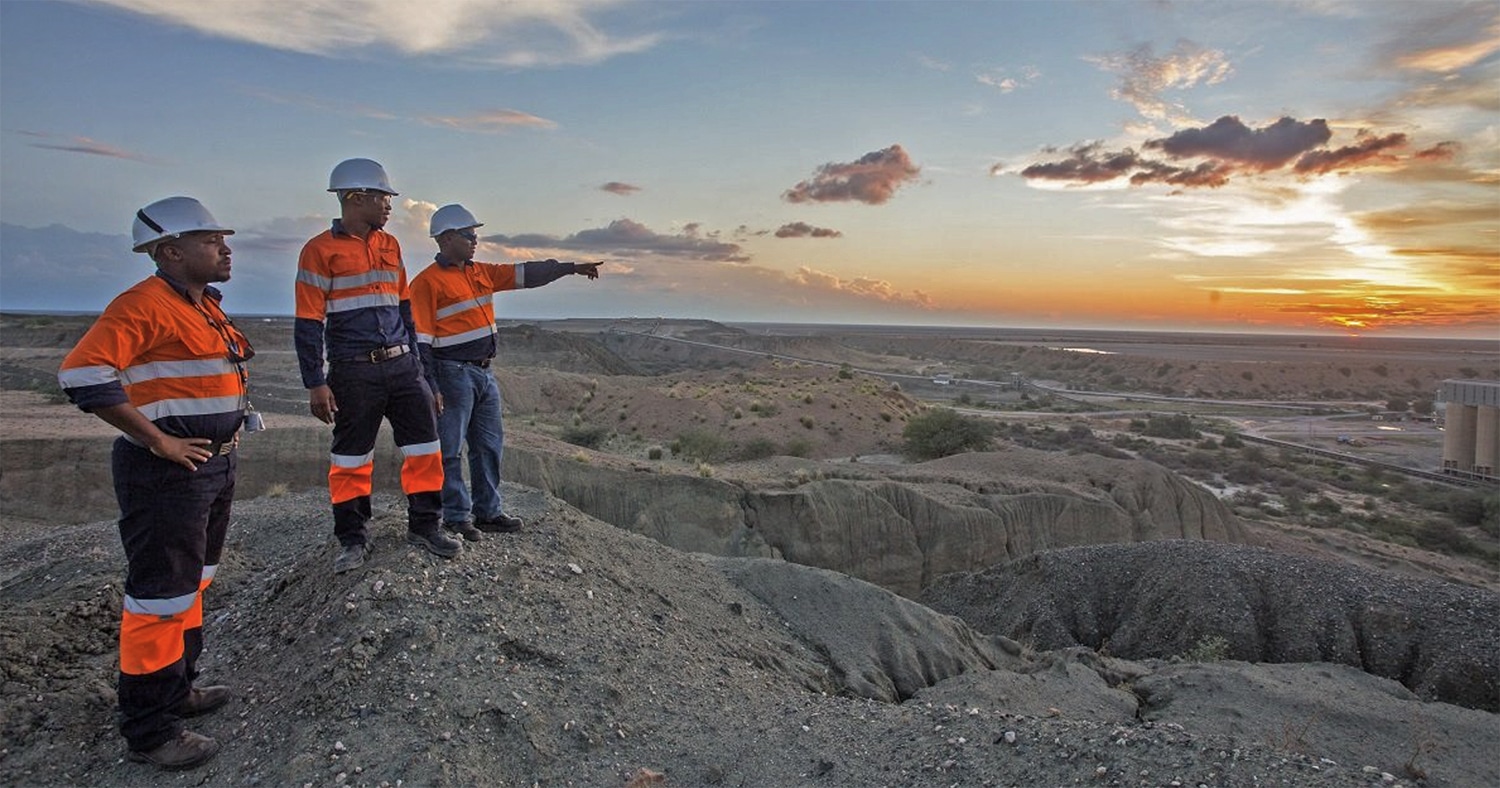
Photo courtesy of De Beers.
Two Botswana mines lead the world both in terms of the value and volume of rough diamond production, according to a report released by Mining.com, with two Russian mines and a South African rounding out the other contenders for a top-five in the two categories in 2022.
The report uses production data compiled by Mining Intelligence for the first three quarters of 2022, extrapolating the full year’s totals using estimated values in U.S. dollars during this period, based on average historic annualized price per carat.
In terms of value, the report was deliberately circumspect regarding the sales of Russian goods, which reportedly are being offered at discount to as to skirt sanction that have been imposed because of that country’s war against Ukraine. Nonetheless, it notes that the dominant Russian diamond producer Alrosa appears to have revived exports to pre-war levels.
The following are the six mines that made the top five ranking for volume and value of production. Three of the six mines are associated with the De Beers group.
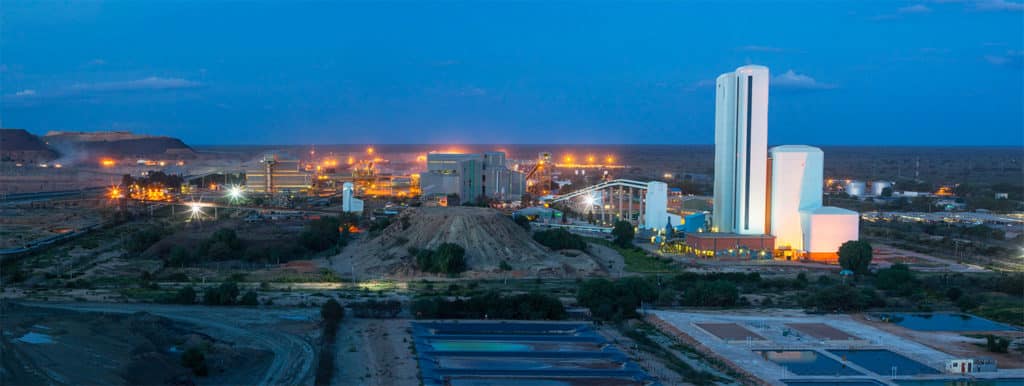
The Jwaneng diamond mine in Botswana. (Photo courtesy of De Beers)
Located in the south of the country and about to enter its fifth decade of production, the owners of the world’s most valuable diamond asset are looking to extend its productive life with a $6 billion investment what be the most extensive underground mining site on the face of the globe. and became fully operational a decade later.
The mine is and operated by Debswana, which is joint venture between De Beers and the Government of Botswana. The government itself owns a 20 percent share in De Beers, with the other 80 percent of shares held by the Anglo American Corporation.
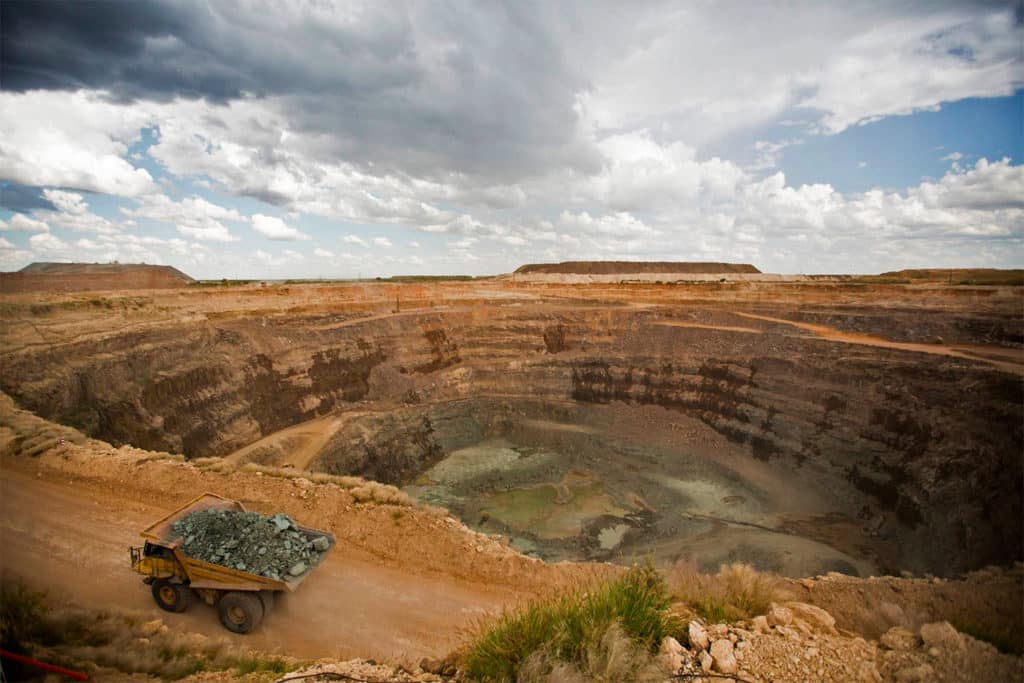
The Orapa diamond mine in Botswana. (Photo courtesy of De Beers)
The second most valuable jewel in Debswana’s Botswana crown also happens to be the world’s largest diamond mine in terms of area. A conventional open pit mine, it is located in the east of the country and has been operation since 1971. Mining is currently taking place at a depth of 305 meters and is expected to reach 350 meters by 2026.
Production normally varies according to mining plans at an average of 10 million carats per year.
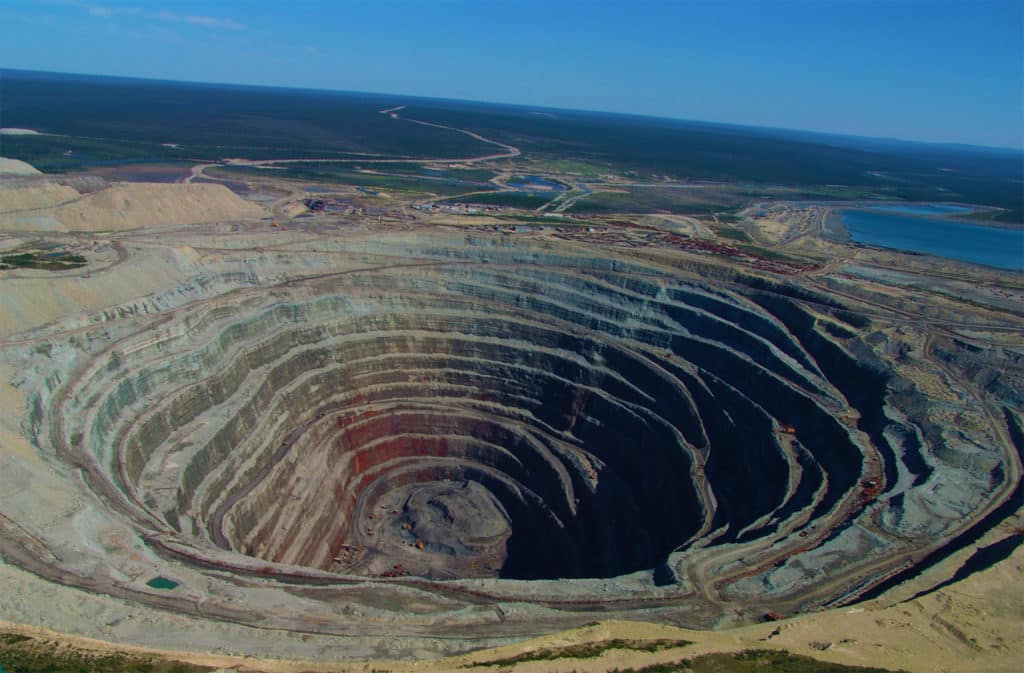
The Udachny diamond mine in Russia. (Photo courtesy of Alrosa)
Located in the northeast of the autonomous region of Yakutia and operated by Alrosa, Russia’s largest diamond mine began operating as an open pit in 1971, and that phase of its life ended in 2015 when it reached its target depth of 640 meters. At that stage it was the third deepest open-pit mine in the world, in any mineral category.
Underground mining at the site commenced in 2014, and was designed to transform Udachny into one of the largest underground mines in the world, with recovery capacity of 4 million tons of ore per year.
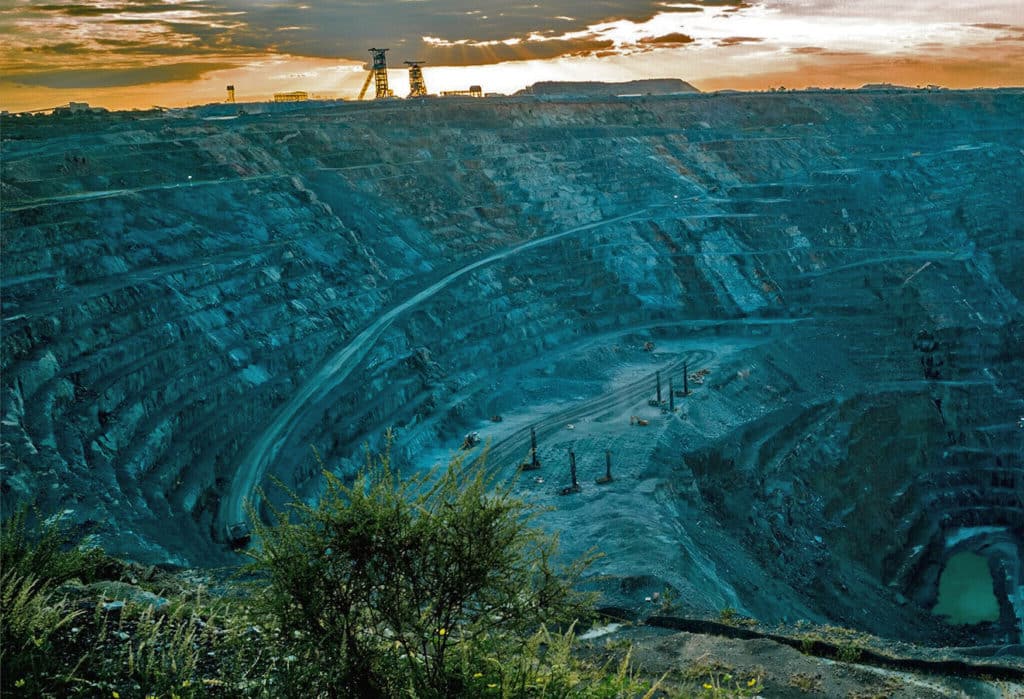
The Venetia diamond mine in South Africa. (Photo courtesy of De Beers)
Located in the northwest of the country, De Beers’ Venetia mine in South Africa came on stream in 1992. The only major diamond mine to be developed in the past quarter century in the country which once dominated the industry, Venetia was designed as an open pit operation.
In 2013 an underground extension project began, with plans to ramp up to full production by 2025. This is expected to extend the life Venetia through to 2046.
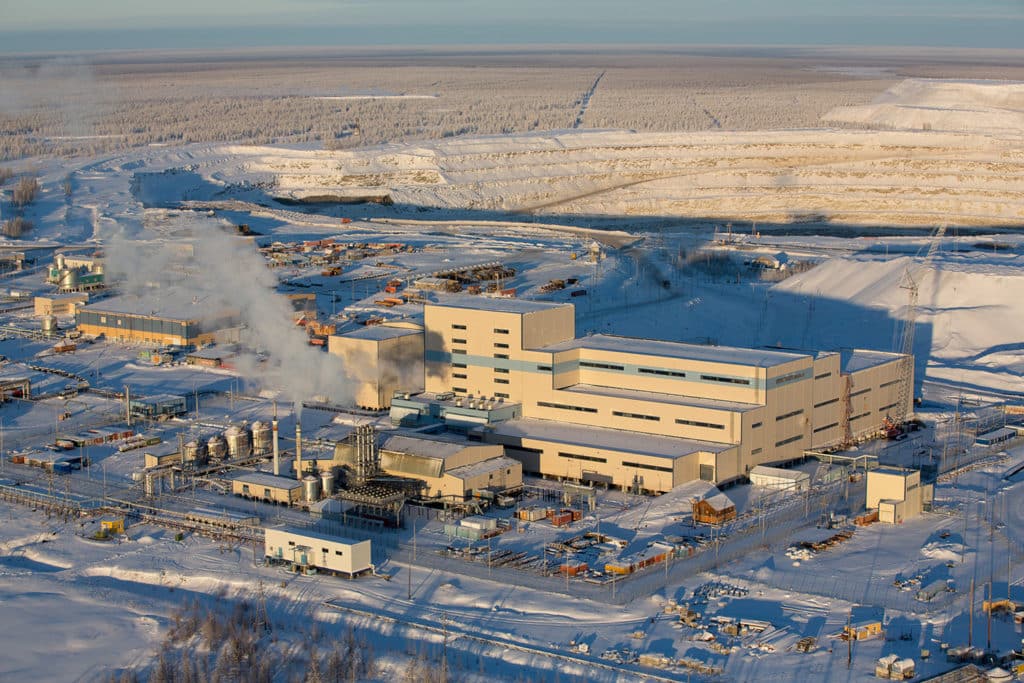
The Nyurba diamond mine in Russia. (Photo courtesy of Alrosa)
Located in the easter part of Yakutia, Nyurba is also owned and operated by Alrosa. The open-pit facility, which is one of the youngest in the Russian company’s stable, exploits three major deposits, namely the Nyurbinsakya pipe, the Maiskoye Kimberlite pipe and the Botuobinskaya pipe.
Mining operations were initiated at the Nyurbinskaya pipe in 2002 and were suspended in 2015 when the 300-meter level was reached. Production at the Botuobinskaya pipe then commenced.
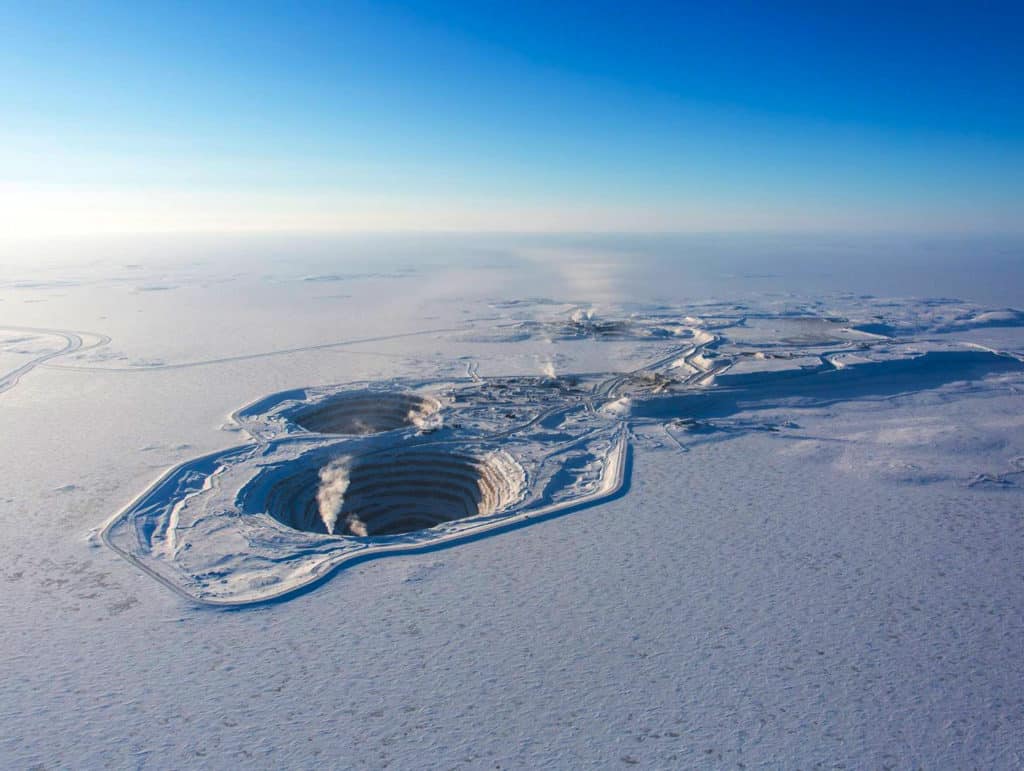
The Diavik diamond mine in Canada. (Photo courtesy of Rio Tinto)
The only mine in the ranking to be owned and operated by neither Debswana or Alrosa, Diavik, which is located near Yellowknife in the Northwest, Territories, is a subsidiary of the Rio Tinto group of companies. It comprises four diamond-bearing pipes that are exploited using a combination of open pit and underground mining.
Construction at the original site began in 2001, and production commenced in 2003. In March 2010 underground mining began.
